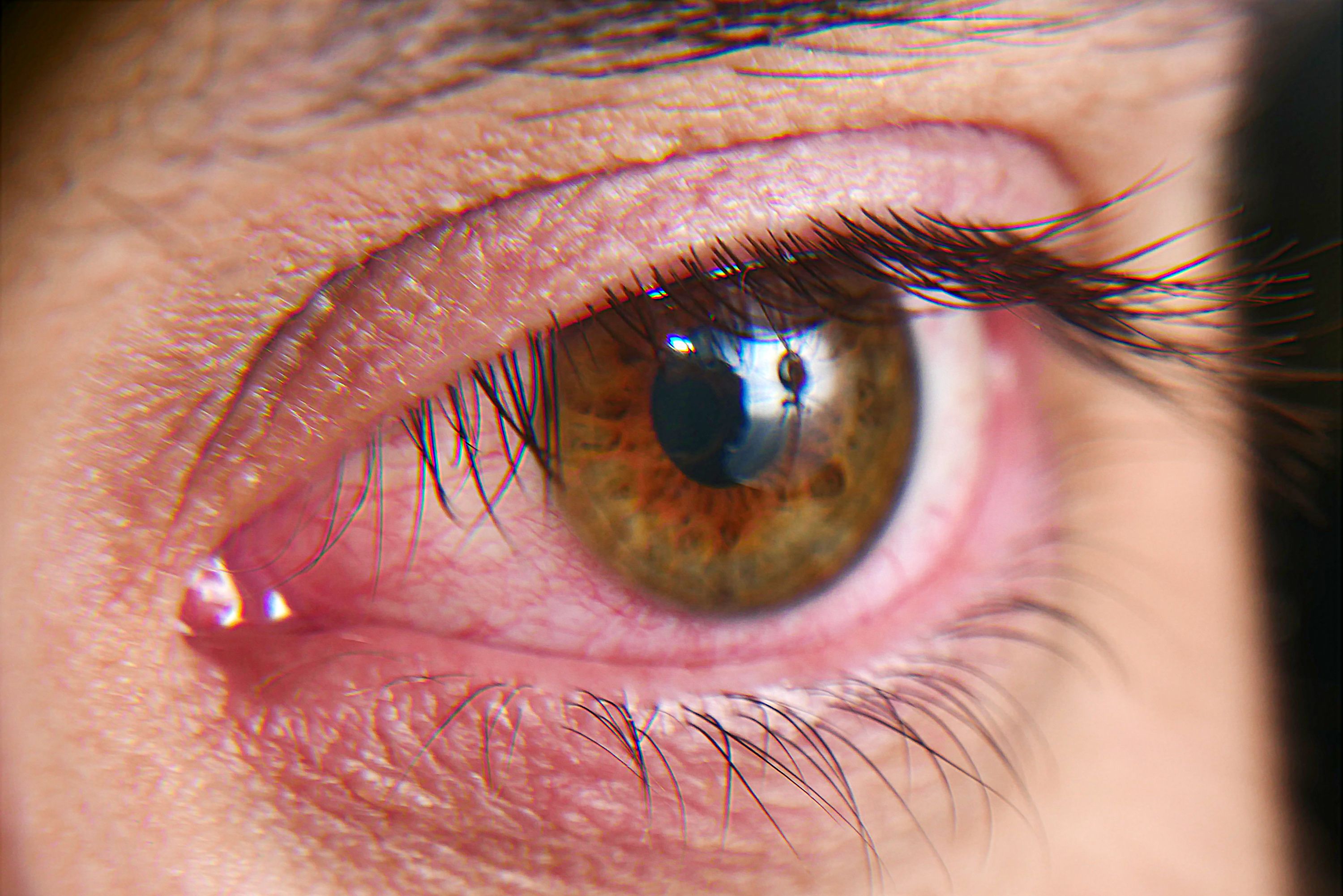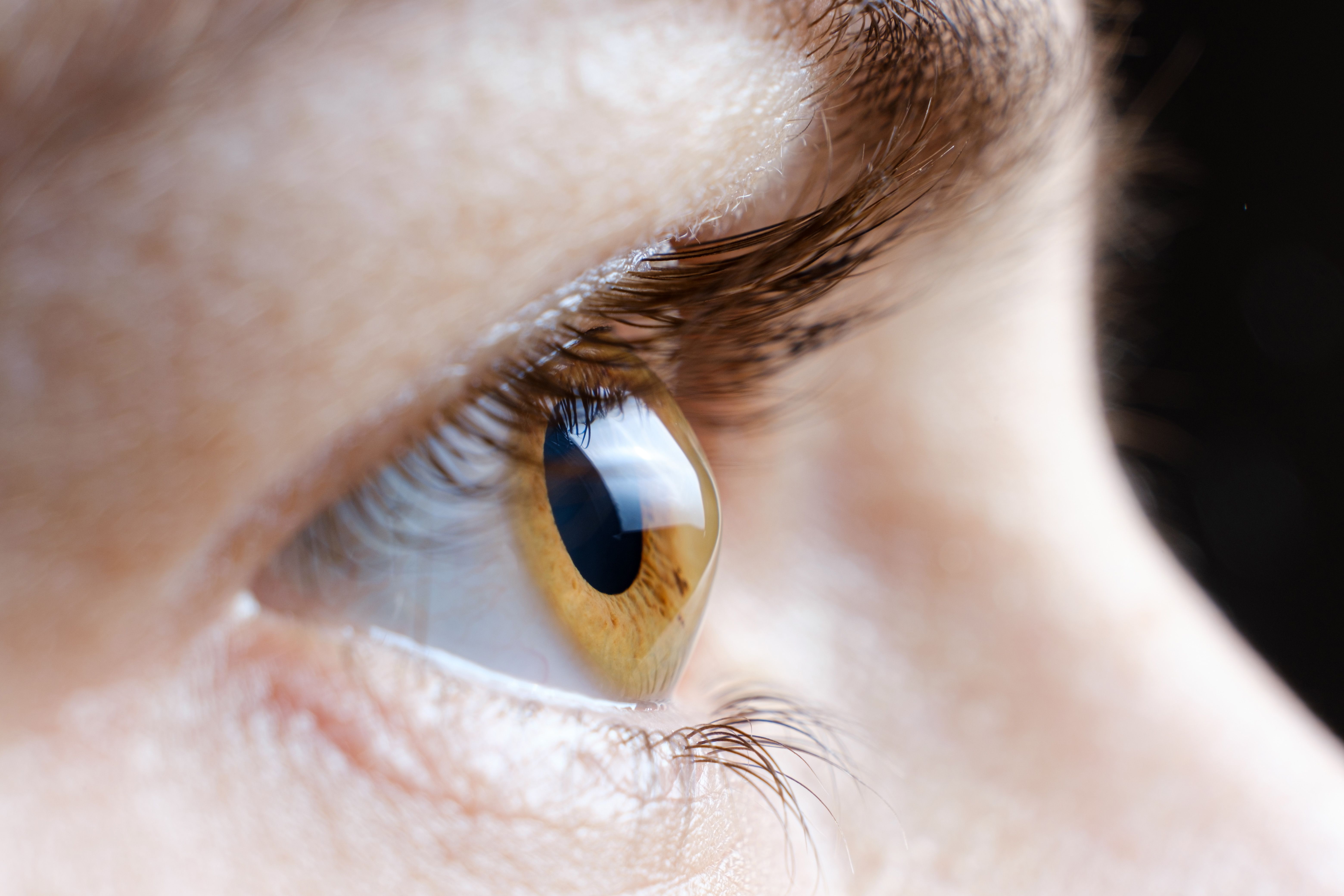Article
Risk of Cataract Surgery Complications Higher in Patients With ESRD
Author(s):
New research confirms that end-stage renal disease is a significant risk factor for patients undergoing cataract surgery.
Patients with end-stage renal disease (ESRD) face a higher risk of vitreous hemorrhage after cataract surgery, but physicians can take a number of steps to lower the risk, according to study findings published this month in Scientific Reports.
A team of researchers and public health officials from Taiwan sought to better understand the risks faced by patients who have ESRD and undergo the relatively minor surgery. In an interview with The American Journal of Managed Care®, corresponding study author Chia-Chun Wu, MD, nephrologist at Chi Mei Medical Center, stressed that existing scientific literature on the question is rather limited and mostly involves small sample sizes.
“Most ophthalmologists know diabetes is a risk factor of vitreous hemorrhage after surgery but for ESRD patients, they might not be so sure,” said Wu.
To create more scientific clarity, Wu and colleagues designed a retrospective study using the country’s Longitudinal Health Insurance Database 2000, which includes a randomly selected group of 1 million patients on the Taiwanese national insurance rolls.
The team selected patients who had submitted claims for cataract surgery between the years of 2002 and 2013. After exclusions, the team was left with 352 cases of patients with ESRD who had cataract surgery, which they compared with 1760 controls.
Analysis showed that patients with ESRD were 5 times more likely to suffer vitreous hemorrhage and 2.74 times more likely to need a second operation due to a dropped nucleus or vitreous complications. Patients with ESRD who were non-diabetic and underwent the procedure had a 3.49-fold increase in risk of corneal edema.
“Our study result confirms [the increased risk faced by ESRD patients] and gives ophthalmologists the evidence-based reference to explain to ESRD patients before cataract surgery and to pay more attention to minimize the complication,” said Wu. “The finding of a higher risk of corneal edema after cataract surgery in non-diabetic ESRD patients is the first report, which might surprise ophthalmologists.”
In light of the risk, Wu said there are a number of steps physicians can take to give patients with ESRD the best chance of a successful cataract procedure. “For nephrologists, they could adjust the anticoagulants during dialysis to avoid worsening hemorrhagic complications,” noted Wu.
Wu and colleagues also suggest that ophthalmologists examine the cornea prior to cataract surgery in ESRD patients, and then adjust the surgical procedure as needed to avoid or attenuate corneal edema after surgery.
The authors noted a few limitations of their study. For example, they did not have information regarding the severity of the particular cataract cases included in the data set. They also had no way to verify that insurance complication codes in the data matched the particular eye that underwent the procedure.
However, they attempted to offset these data limitations by checking how many patients underwent B-mode ocular ultrasound prior to the surgery, as this is typically associated with severity, and by choosing a 3-month follow-up time frame. They also did not have data to indicate whether a patient’s antiplatelet drugs/anticoagulants were adjusted after surgery.
Still, Wu said the study makes clear the risks faced by patients with ESRD, and also offers a strong case for close collaboration among members of the patient’s medical team. “I hope this study could connect nephrologists and ophthalmologists to provide ESRD patients more comprehensive care,” said Wu.
Reference:
Hsiao C, Liang FW, Ho CH, et al. Cataract surgery-related complications in patients with end-stage renal disease- a nationwide population-based study in Taiwan [published online February 7, 2020]. Sci Rep. doi: 10.1038/s41598-020-59160-7.





